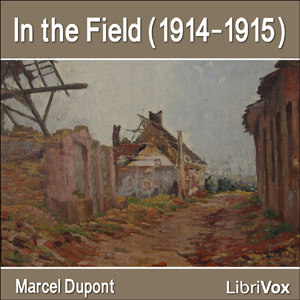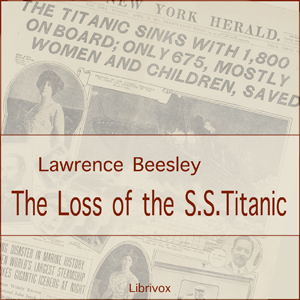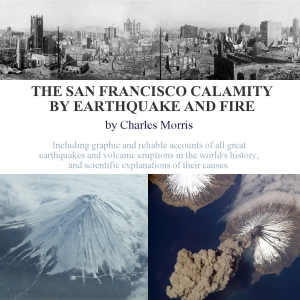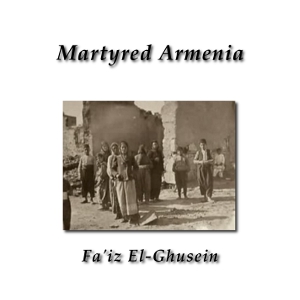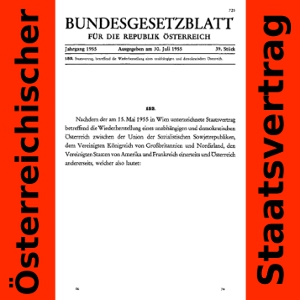Report of the National Advisory Commission on Civil Disorders (Kerner Commission Report)
(0 User reviews)
165
1968
English
- Summary, part 1
- Summary, part 2
- Summary, part 3
- Summary, part 4
- Preface
- Ch 1 Profiles of Disorder: Introduction
- Ch 1 Profiles of Disorder: Tampa
- Ch 1 Profiles of Disorder: Cincinnati
- Ch 1 Profiles of Disorder: Atlanta
- Ch 1 Profiles of Disorder: Newark
- Ch 1 Profiles of Disorder: Northern New Jersey
- Ch 1 Profiles of Disorder: Plainfield and New Brunswick
- Ch 1 Profiles of Disorder: Detroit, part 1
- Ch 1 Profiles of Disorder: Detroit, part 2
- Ch 1 Profiles of Disorder: Detroit, part 3
- Ch 1 Profiles of Disorder: Detroit, part 4, Methodology
- Ch 2 Patterns of Disorder: Introduction, The Pattern of Violence and Damage
- Ch 2 Patterns of Disorder: The Riot Process
- Ch 2 Patterns of Disorder: The Riot Participant
- Ch 2 Patterns of Disorder: The Background of Disorder
- Ch 2 Patterns of Disorder: The Aftermath of Disorder
- Ch 3 Organized Activity
- Ch 4 The Basic Causes
- Ch 5 Rejection and Protest: An Historical Sketch part 1
- Ch 5 Rejection and Protest: An Historical Sketch part 2
- Ch 5 Rejection and Protest: An Historical Sketch part 3
- Ch 5 Rejection and Protest: An Historical Sketch part 4
- Ch 6 The Formation of the Racial Ghettos
- Ch 7 Unemployment, Family Structure and Social Disorganization, part 1
- Ch 7 Unemployment, Family Structure and Social Disorganization, part 2
- Ch 8 Conditions of Life in the Racial Ghetto
- Ch 9 Comparing the Immigrant and Negro Experience
- Ch 10 The Community Response, part 1
- Ch 10 The Community Response, part 2
- Ch 11 Police and the Community, part 1
- Ch 11 Police and the Community, part 2
- Ch 11 Police and the Community, part 3
- Ch 12 Control of Disorder, part 1
- Ch 12 Control of Disorder, part 2
- Ch 13 The Administration of Justice Under Emergency Conditions, part 1
- Ch 13 The Administration of Justice Under Emergency Conditions, part 2
- Ch 13 The Administration of Justice Under Emergency Conditions, part 3
- Ch 14 Damages: Repair and Compensation
- Ch 15 The News Media and The Disorders, part 1
- Ch 15 The News Media and The Disorders, part 2
- Ch 15 The News Media and The Disorders, part 3
- Ch 15 The News Media and The Disorders, part 4
- Ch 16 The Future of the Cities, part 1
- Ch 16 The Future of the Cities, part 2
- Ch 17 Recommendations for National Action, part 1
- Ch 17 Recommendations for National Action, part 2
- Ch 17 Recommendations for National Action, part 3
- Ch 17 Recommendations for National Action, part 4
- Ch 17 Recommendations for National Action, part 5
- Ch 17 Recommendations for National Action, part 6
- Ch 17 Recommendations for National Action, part 7
- Ch 17 Recommendations for National Action, part 8
- Ch 17 Recommendations for National Action, part 9
- Conclusion
- Supplement on Control of Disorder: The Police
- Supplement on Control of Disorder: Fire Departments
- Supplement on Control of Disorder: State Response
- Supplement on Control of Disorder: Army Response
- Supplement on Control of Disorder: Coordinating the Control Response, part 1
- Supplement on Control of Disorder: Coordinating the Control Response, part 2
- Supplement on Control of Disorder: Legal Needs for Riot Control
- Other Supplements: Attorney General Letter, Constitution, Timeline
- Appendices A-C
The summer of 1967 again brought racial disorders to American cities, and with them shock, fear and bewilderment to the nation. The worst came during a two-week period in July, first in Newark and then in Detroit. Each set off a chain reaction in neighboring communities. On July 28, 1967, the President of the United States [Lyndon B. Johnson] established this Commission and directed us to answer three basic questions:
What happened?
Why did it happen?
What can be done to prevent it from happening again?
This is our basic conclusion: Our nation is moving toward two societies, one black, one white--separate and unequal. This deepening racial division is not inevitable. The movement apart can be reversed. Choice is still possible. Our principal task is to define that choice and to press for a national resolution. - Summary from the Introduction
What happened?
Why did it happen?
What can be done to prevent it from happening again?
This is our basic conclusion: Our nation is moving toward two societies, one black, one white--separate and unequal. This deepening racial division is not inevitable. The movement apart can be reversed. Choice is still possible. Our principal task is to define that choice and to press for a national resolution. - Summary from the Introduction
There are no reviews for this eBook.
There are no comments for this eBook.
You must log in to post a comment.
Log in


